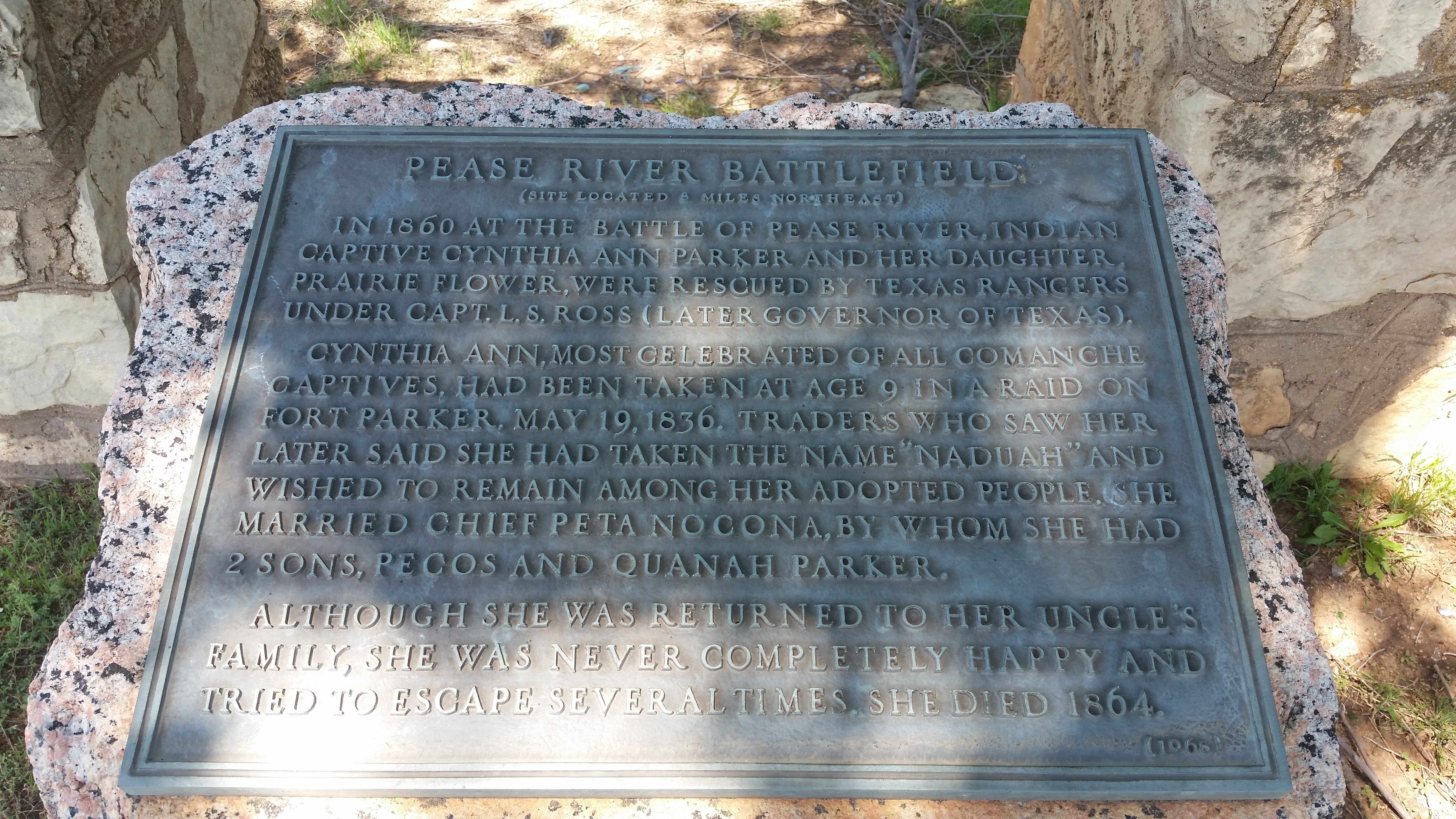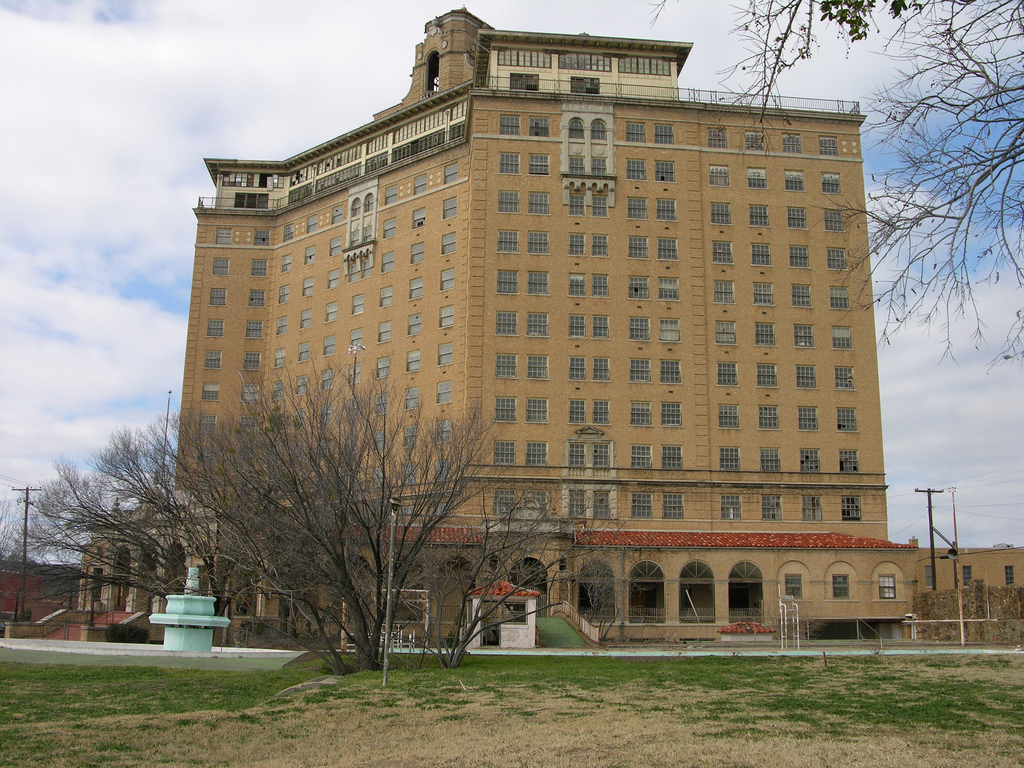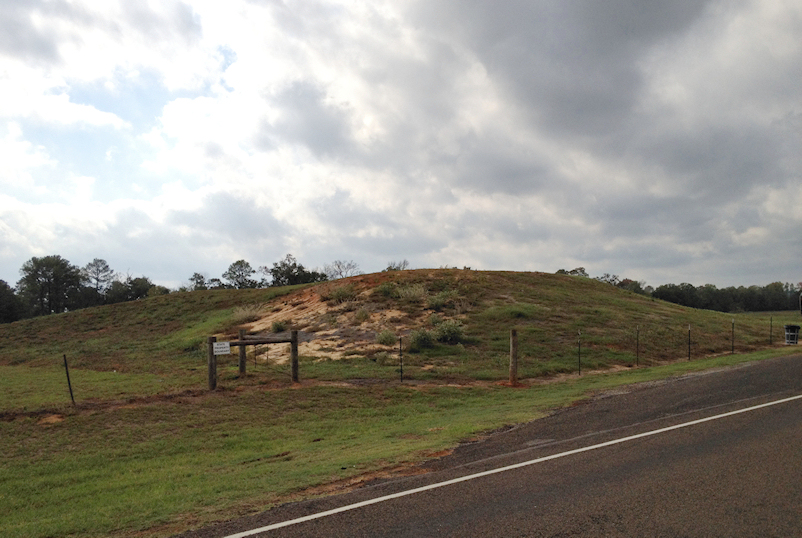|
C.C. Slaughter
Christopher Columbus Slaughter (a.k.a. C.C. Slaughter or Lum Slaughter) (1837–1919) was an American rancher, cattle drover and breeder, banker and philanthropist in the Old West. After serving in the Confederate States Army during the American Civil War of 1861–1865, he came to own 40,000 cattle and over one million acres of ranch land in West Texas. He became the largest taxpayer in Texas, and used his wealth to endow Baptist institutions. He was known as the "Cattle King of Texas." Early life Christopher Columbus Slaughter was born on February 9, 1837, in Sabine County, Texas. Shortly after the civil war, Slaughter explored Mexico with Goodnight and four other companions. However, the expedition came to an end as he was accidentally wounded by a gunshot. Later, he became a cattle drover on the Chisholm Trail in Kansas. In 1873, he founded ''C. C. Slaughter and Company'', a cattle breeding firm. Four years later, in 1877, he purchased the Long S Ranch from Plainview to Big S ... [...More Info...] [...Related Items...] OR: [Wikipedia] [Google] [Baidu] |
Sabine County, Texas
Sabine County is a county located on the central eastern border of the U.S. state of Texas. As of the 2020 census, its population was 9,894. The county was organized on December 14, 1837, and named for the Sabine River, which forms its eastern border. Geography According to the U.S. Census Bureau, the county has a total area of , of which is land and (15%) is water. Major highways * U.S. Highway 96 * State Highway 21 * State Highway 87 * State Highway 103 * State Highway 184 National Protected Areas * Sabine National Forest (part) Adjacent counties and parish * Shelby County (north) * Sabine Parish, Louisiana (east) * Newton County (south) * Jasper County (southwest) * San Augustine County (west) History Like other eastern Texas counties, Sabine was originally developed as cotton plantations, which depended on the labor of numerous enslaved African Americans. After the Civil War and emancipation, many freedmen remained in the rural area, working as tenant f ... [...More Info...] [...Related Items...] OR: [Wikipedia] [Google] [Baidu] |
Freestone County, Texas
Freestone County is a county in the east-central part of the U.S. state of Texas. As of the 2020 census, its population was 19,435. Its county seat is Fairfield. The county was created in 1850 and organized the next year. History Native Americans Archeological evidence of the farming Kichai band of the Caddoan Mississippian culture dates to 200 BCE in the area. The Hernando de Soto expedition of 1541 resulted in violent encounters with the Caddo Native Americans who occupied the area. Spanish and French missionaries carried smallpox, measles, malaria, and influenza as endemic diseases; the Caddo suffered epidemics, as they had no acquired immunity to these new diseases. Eventually, the Caddo were forced to reservations. The Tawakoni branch of Wichita Indians originated as a tribe north of Texas, but migrated south into East Texas. From 1843 onward, the Tawakoni were part of treaties made by both the Republic of Texas and the United States. The name of the Tawakoni was a ... [...More Info...] [...Related Items...] OR: [Wikipedia] [Google] [Baidu] |
Mexico
Mexico (Spanish: México), officially the United Mexican States, is a country in the southern portion of North America. It is bordered to the north by the United States; to the south and west by the Pacific Ocean; to the southeast by Guatemala, Belize, and the Caribbean Sea; and to the east by the Gulf of Mexico. Mexico covers ,Mexico ''''. . making it the world's 13th-largest country by are ... [...More Info...] [...Related Items...] OR: [Wikipedia] [Google] [Baidu] |
Cynthia Ann Parker
Cynthia Ann Parker (October 28, 1827 – March 1871), also known as Naduah (Comanche: ''Narua''), was a white woman who was notable for having been captured during the Fort Parker massacre at about age nine, by a Comanche war band and adopted into the tribe. Twenty-four years later she was discovered and taken captive by Texas Rangers, at approximately age 33, and unwillingly taken back to European-American society. Her Comanche name means "someone found" in English. Thoroughly assimilated as Comanche, Parker had married Peta Nocona, a chief. They had three children together, including son Quanah Parker, who became the last free Comanche chief. Parker was captured by the Texas Rangers during the Battle of Pease River, also known as the "Pease River Massacre". During this raid, the Rangers killed an estimated six to twelve people, mostly women and children. Parker was taken against her will back to her extended biological family. For the remaining 10 years of her life, she mour ... [...More Info...] [...Related Items...] OR: [Wikipedia] [Google] [Baidu] |
Charles Goodnight
Charles Goodnight (March 5, 1836 – December 12, 1929), also known as Charlie Goodnight, was a rancher in the American West. In 1955, he was inducted into the Hall of Great Westerners of the National Cowboy & Western Heritage Museum. Early years Goodnight was born in Macoupin County, Illinois, northeast of St. Louis, the fourth child of Charles Goodnight and the former Charlotte Collier. Goodnight's father's grave is located in a pasture south of Bunker Hill, Illinois. Goodnight was descended from immigrant pioneer Hans Michael Gutknecht, from Mannheim, Germany, making him a distant relative of Harry S Truman. Goodnight moved to Texas in 1846 with his mother and stepfather, Hiram Daugherty. In 1856, he became a cowboy and served with the local militia, fighting against Comanche raiders. A year later, in 1857, Goodnight joined the Texas Rangers. Goodnight is also known for raising and leading a posse against the Comanche in 1860 that located the Indian camp where Cynthi ... [...More Info...] [...Related Items...] OR: [Wikipedia] [Google] [Baidu] |
Terry's Texas Rangers
The 8th Texas Cavalry Regiment, (1861–1865), popularly known as Terry's Texas Rangers, was a light cavalry regiment of Texas volunteers for the Confederate States Army assembled by Colonel Benjamin Franklin Terry in August 1861. Though lesser known than the Texas Brigade, famous for their actions during the Battle of Gettysburg, the 8th Texas Cavalry distinguished itself at several battles during the American Civil War. In four years of service, Terry's Texas Rangers fought in about 275 engagements in seven states. The regiment earned a reputation that ranked it among the most effective mounted regiments in the Western Theater of the American Civil War. Organization, loss of commanders Following the secession of Texas and its joining the Confederacy, Benjamin Franklin Terry, a wealthy enslaver and sugar planter, recruited and organized the regiment in August 1861 in Houston, Texas. Initially intended to serve in Virginia, the regiment instead was placed under the command of Con ... [...More Info...] [...Related Items...] OR: [Wikipedia] [Google] [Baidu] |
Fort Belknap (Texas)
Fort Belknap, located near Newcastle, Texas, was established in November 1851Carter, R.G., On the Border with Mackenzie, 1935, Washington D.C.: Enyon Printing Co., p. 49 by brevet Brigadier General William G. Belknap to protect the Texas frontier against raids by the Kiowa and Comanche. It was the northernmost fort in a line from the Rio Grande to the Red River. The fort functioned as a base of operations rather than as a fortified point, and it became the center of a substantial network of roads, including the Butterfield Overland Mail. The fort was designated a National Historic Landmark in 1960, in recognition of its key role in securing the Texas frontier in the 1850s and 1860s. Other forts in the frontier fort system were Forts Griffin, Concho, Richardson, Chadbourne, Stockton, Davis, Bliss, McKavett, Clark, McIntosh, Inge, and Phantom Hill in Texas, and Sill in Oklahoma. Subposts or intermediate stations also were used, including Bothwick's Station on Salt Creek ... [...More Info...] [...Related Items...] OR: [Wikipedia] [Google] [Baidu] |
Palo Pinto County, Texas
Palo Pinto County is a county located in the U.S. state of Texas. As of the 2020 census, its population was 28,409. The county seat is Palo Pinto. The county was created in 1856 and organized the following year. Palo Pinto County comprises the Mineral Wells micropolitan statistical area, which is part of the Dallas–Fort Worth combined statistical area. It is located in the western Cross Timbers ecoregion. History Native Americans The Brazos Indian Reservation, founded by General Randolph B. Marcy in 1854, provided a safety area from warring Comanche for Delaware, Shawnee, Tonkawa, Wichita, Choctaw, and Caddo. Within the reservation, each tribe had its own village and cultivated agricultural crops. Government-contracted beef cattle were delivered each week. Citizens were unable to distinguish between reservation and nonreservation tribes, blaming Comanche and Kiowa depredations on the reservation Indians. A newspaper in Jacksboro, Texas, titled ''The White Man '' ... [...More Info...] [...Related Items...] OR: [Wikipedia] [Google] [Baidu] |
Cherokee County, Texas
Cherokee County is a county located in the U.S. state of Texas. As of the 2020 census, its population was 50,412. The county seat is Rusk, which lies 130 miles southeast of Dallas and 160 miles north of Houston. The county was named for the Cherokee, who lived in the area before being expelled in 1839. Cherokee County comprises the Jacksonville micropolitan statistical area, which is also included in the Tyler–Jacksonville combined statistical area. History Native Americans The Hasinai group of the Caddo tribe built a village in the area in around AD 800 and continued to live in the area until the 1830s, when they migrated to the Brazos River. The federal government moved them to the Brazos Indian Reservation in 1855 and later to Oklahoma. The Cherokee, Delaware, Shawnee, and Kickapoo Native American peoples began settling in the area around 1820. The Texas Cherokee tried unsuccessfully to gain a grant to their own land from the Mexican government. Sam Houston, adopt ... [...More Info...] [...Related Items...] OR: [Wikipedia] [Google] [Baidu] |
Larissa, Texas
--> Larissa is a rural community and abandoned townsite in northwestern Cherokee County, Texas, Cherokee County, Texas, United States. Larissa lies west of US Highway 69, off Farm Road 855 and approximately halfway between Jacksonville and Bullard. Larissa is about northwest of the county seat of Rusk. History Larissa was originally settled by the Killough, Wood, and Williams families. Larissa was the scene of the Killough Massacre, possibly the worst single Indian incident in the history of east Texas. The settlers had moved there from Talladega County, Alabama, in 1837. Unaware, apparently, that the land made available to them was hotly disputed by the Cherokee Indians who lived in the area, Isaac Killough and his homesteaders began building homes and clearing land for crops. Only a year before, however, the area surrounding their settlement had been set aside to the Cherokee under a treaty negotiated and signed by Sam Houston and John Forbes. When the Senate of the Republ ... [...More Info...] [...Related Items...] OR: [Wikipedia] [Google] [Baidu] |
Larissa College
Trinity University is a private liberal arts college in San Antonio, Texas. Founded in 1869, its student body consists of about 2,600 undergraduate and 200 graduate students. Trinity offers 49 majors and 61 minors among six degree programs, and has an endowment of $1.725 billion. Trinity is a member institution of the Annapolis Group, a consortium of national independent colleges that share a commitment to liberal arts values and education, and the Associated Colleges of the South, 16 southern liberal arts colleges that collaborate on staff and curricular enhancements. History Cumberland Presbyterians founded Trinity in 1869 in Tehuacana, Texas, from the remnants of three small Cumberland Presbyterian colleges that had lost significant enrollment during the Civil War. John Boyd, who had served in the Congress of the Republic of Texas from 1836 to 1845 and in the Texas Senate from 1862 to 1863, donated 1,100 acres of land and financial assistance to establish the new uni ... [...More Info...] [...Related Items...] OR: [Wikipedia] [Google] [Baidu] |
Magnolia, Texas
Magnolia is a city in southwestern Montgomery County, Texas, United States within the Houston–The Woodlands–Sugar Land metropolitan area. It is named for the magnolia trees that grow in the area.Magnolia, TX (Montgomery County). Handbook of Texas: June 15, 2010. Accessed on July 9, 2017. The population was 2,359 at the . Geography According to the , the city has a total area of all of which is land.[...More Info...] [...Related Items...] OR: [Wikipedia] [Google] [Baidu] |






